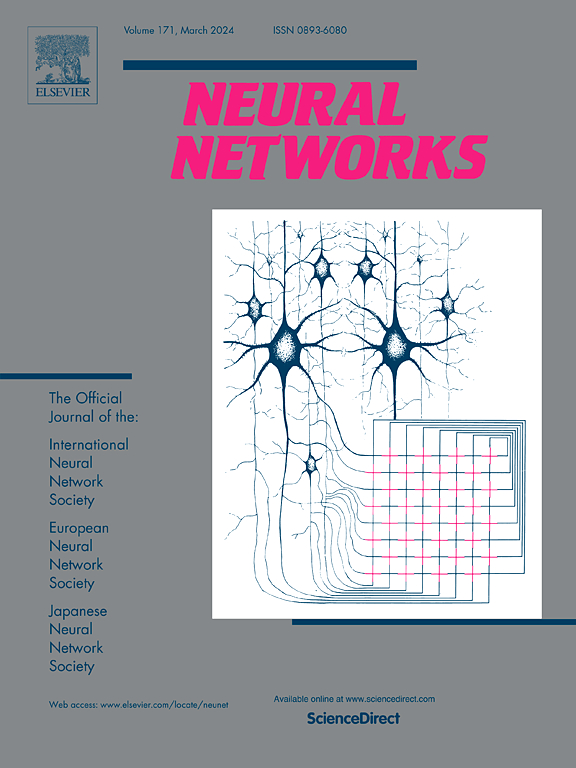Prototypes as Anchors: Tackling Unseen Noise for online continual learning
IF 6
1区 计算机科学
Q1 COMPUTER SCIENCE, ARTIFICIAL INTELLIGENCE
引用次数: 0
Abstract
In the context of online class-incremental continual learning (CIL), adapting to label noise becomes paramount for model success in evolving domains. While some continual learning (CL) methods have begun to address noisy data streams, most assume that the noise strictly belongs to closed-set noise—i.e., they follow the assumption that noise in the current task originates classes within the same task. This assumption is clearly unrealistic in real-world scenarios. In this paper, we first formulate and analyze the concepts of closed-set and open-set noise, showing that both types can introduce unseen classes for the current training classifier. Then, to effectively handle noisy labels and unknown classes, we present an innovative replay-based method Prototypes as Anchors (PAA), which learns representative and discriminative prototypes for each class, and conducts a similarity-based denoising schema in the representation space to distinguish and eliminate the negative impact of unseen classes. By implementing a dual-classifier architecture, PAA conducts consistency checks between the classifiers to ensure robustness. Extensive experimental results on diverse datasets demonstrate a significant improvement in model performance and robustness compared to existing approaches, offering a promising avenue for continual learning in dynamic, real-world environments.
原型作为锚:处理在线持续学习中看不见的噪音
在在线类增量持续学习(CIL)的背景下,适应标签噪声对于模型在不断发展的领域中的成功至关重要。虽然一些持续学习(CL)方法已经开始处理有噪声的数据流,但大多数假设噪声严格属于闭集噪声。,他们假设当前任务中的噪声起源于同一任务中的类。在现实世界中,这种假设显然是不现实的。在本文中,我们首先阐述和分析了闭集和开集噪声的概念,表明这两种类型都可以为当前的训练分类器引入看不见的类。然后,为了有效地处理噪声标签和未知类,我们提出了一种创新的基于重放的原型锚(PAA)方法,该方法学习每个类的代表性和判别性原型,并在表示空间中进行基于相似性的去噪模式,以区分和消除未见过的类的负面影响。通过实现双分类器架构,PAA在分类器之间进行一致性检查,以确保鲁棒性。在不同数据集上的大量实验结果表明,与现有方法相比,该方法在模型性能和鲁棒性方面有了显着改善,为动态现实环境中的持续学习提供了一条有希望的途径。
本文章由计算机程序翻译,如有差异,请以英文原文为准。
求助全文
约1分钟内获得全文
求助全文
来源期刊

Neural Networks
工程技术-计算机:人工智能
CiteScore
13.90
自引率
7.70%
发文量
425
审稿时长
67 days
期刊介绍:
Neural Networks is a platform that aims to foster an international community of scholars and practitioners interested in neural networks, deep learning, and other approaches to artificial intelligence and machine learning. Our journal invites submissions covering various aspects of neural networks research, from computational neuroscience and cognitive modeling to mathematical analyses and engineering applications. By providing a forum for interdisciplinary discussions between biology and technology, we aim to encourage the development of biologically-inspired artificial intelligence.
 求助内容:
求助内容: 应助结果提醒方式:
应助结果提醒方式:


